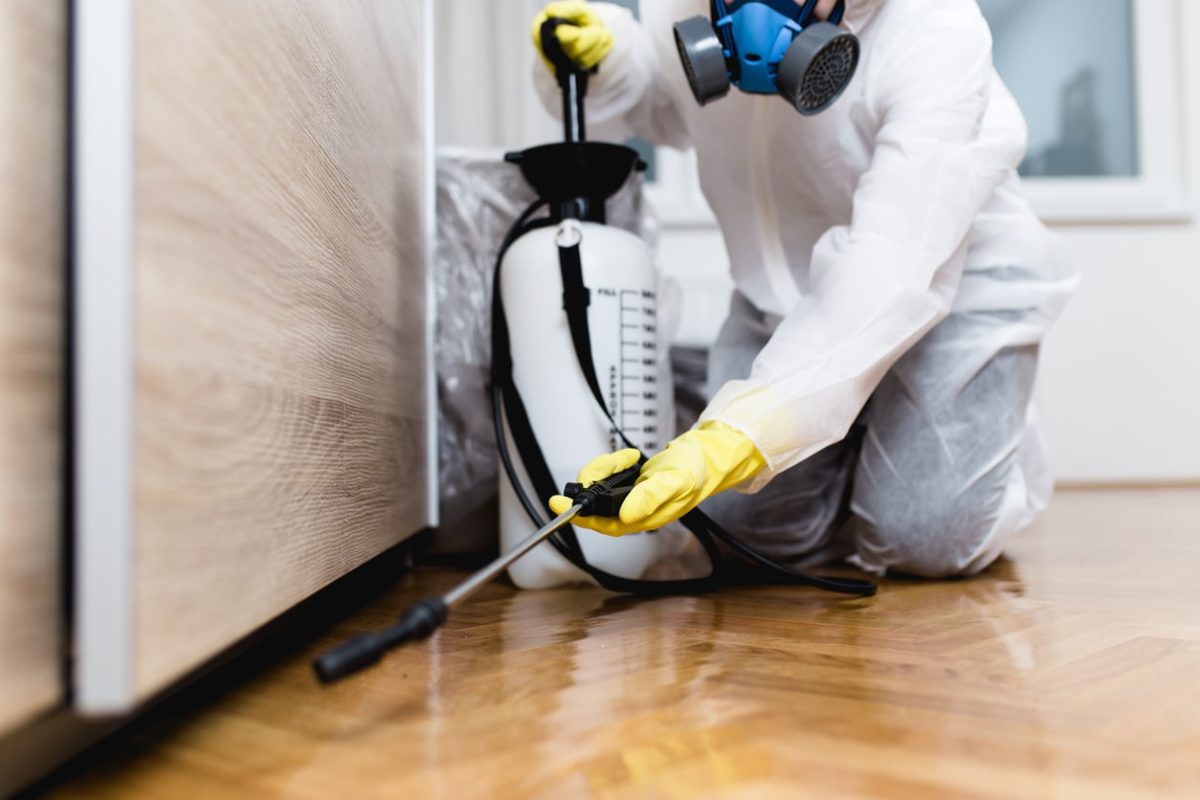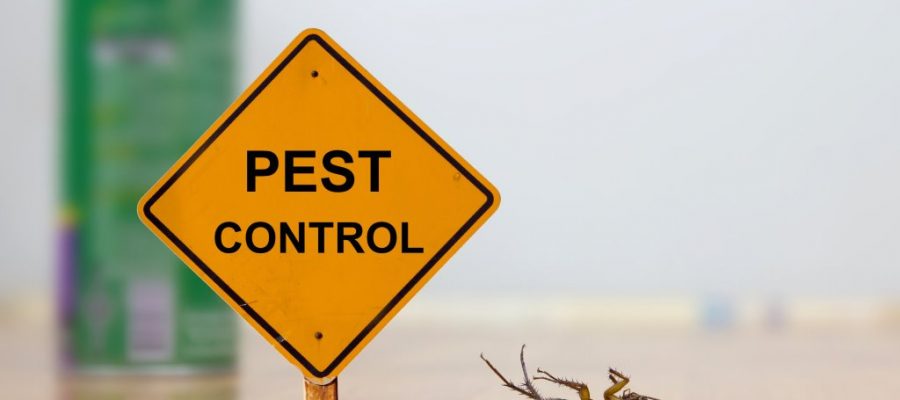Pest Control treatments for residential and commercial properties.
Pest Control treatments for residential and commercial properties.
Blog Article
Comprehensive Bug Control Methods to Fight Termite Infestations
Termite infestations posture a significant hazard to residential or commercial property honesty, making thorough insect control strategies crucial for effective monitoring. Comprehending termite habits, acknowledging early indicators of their presence, and applying precautionary actions can reduce the threat of comprehensive damages. Additionally, discovering numerous treatment alternatives and long-lasting strategies makes certain a robust defense versus these parasites. However, the complexities included in termite control necessitate a nuanced strategy that links knowledge and positive measures. As we examine these strategies, one need to consider the developing nature of termite actions and exactly how it influences our approaches for effective administration.

Understanding Termite Behavior
(Cockroach Exterminator)Termites, typically referred to as silent destroyers, display intricate actions that substantially affect their harmful possibility. These social bugs reside in swarms that can vary from a few hundred to millions, fostering intricate communication and collaboration among members. The main species of concern in insect control are below ground, drywood, and dampwood termites, each presenting distinct actions that influence their nesting and feeding behaviors.
Below ground termites, for instance, construct comprehensive tunnel systems underground, permitting them to gain access to timber sources while remaining concealed from view. Their foraging habits is highly organized, as worker termites search for food and connect the area back to the swarm with scents. Drywood termites, on the other hand, infest the wood they eat, developing tiny nests within the wood itself, causing local and commonly undetected damages.
Recognizing these actions is vital for efficient bug control. By identifying their feeding patterns, nesting routines, and interaction approaches, insect control professionals can create targeted techniques that interrupt their life process and reduce damages. In addition, awareness of termite biology notifies preventative procedures, assisting property proprietors guard their structures versus these powerful pests.
Indications of Termite Infestation
Recognizing the signs of termite invasion is crucial for property owners and residential or commercial property supervisors to secure their financial investments. Early detection can save significant time and funds, as termite damage can intensify rapidly.
Among one of the most usual indications of termite activity is the presence of disposed of wings. Abounding termites lost their wings after mating, leaving them near home windows or doors. Another indication is the visibility of mud tubes-- little passages made of dirt and saliva-- constructed by termites to travel in between their nests and food sources. These structures are typically found on exterior walls, structures, or basement locations.
In addition, homeowners must be alert for hollow-sounding wood, which shows that termites have actually consumed the inner structure. If you see frass, or termite droppings, it looks like tiny wood-colored pellets and can be a clear sign of an infestation.
Last but not least, unexplained moisture in wood frameworks may attract termites, as they prosper in moist environments. Regular evaluations and recognition of these indications are essential in alleviating the threats related to termite problems and preserving the stability of residential or commercial properties.

Preventative Procedures for Termites
Home owners' proactive measures are necessary in preventing termite problems, as these insects can trigger severe architectural damage gradually. The very first step in reliable termite prevention is to eliminate dampness sources around the building. Termites are brought in to damp atmospheres; as a result, ensuring proper drainage, fixing leaks, and preserving gutters can dramatically minimize the risk of problem.
In addition, homeowners must inspect and secure any cracks in foundations, walls, and around utility lines, as these gaps can function as entrance points for termites. It is also advisable to store fire wood, lumber, and other cellulose products at the very least 20 feet away from the home and off the ground.
Routine landscaping upkeep, consisting of cutting back trees and hedges that touch your home, can additionally deter termite gain access to. Utilizing barriers such as physical obstacles made of steel mesh or sand can efficiently hinder termite movement.
(Bed Bug Treatment)
Therapy Options for Invasions
Efficient therapy options for termite infestations are vital for securing residential property and making sure architectural integrity. Once an infestation is validated, prompt activity is required to minimize damages.
These chemical obstacles avoid termites from accessing the structure. Termites eat the bait, which includes a slow-acting insecticide, allowing them to return to the swarm and remove it from within.
In some instances, airing out might be required, particularly for extreme infestations. This includes sealing the whole structure and introducing a gas that passes through all wood elements, properly getting rid of termites. It's necessary to note that expert pest control solutions must do this technique as a result of its intricacy.
Additionally, local treatments making use of foam or gel formulas can be used directly to plagued locations, giving targeted control. Each treatment alternative has its benefits and viability depending on the seriousness of the problem and the structural qualities of the residential property. Consulting a pest control professional will certainly assist determine one of the most effective technique tailored to individual scenarios.
Long-lasting Bug Control Strategies
While prompt treatment options are essential for addressing termite infestations, applying long-term parasite control methods is important for protecting against future events. An extensive technique begins with normal inspections by certified parasite control specialists. These useful reference experts can determine very early indications of problem, allowing prompt treatments.
In addition, preserving correct wetness levels around your home is important, as termites are drawn in to damp environments. Property owners ought to make sure that seamless gutters are clear, downspouts straight water away from the foundation, and any kind of leaks are promptly repaired. Furthermore, making use of physical obstacles, such as stainless steel mesh or sand barriers, can prevent termite access to structures.
Another efficient approach involves utilizing baiting systems, which can be mounted around the border of the building. These systems bring in termites, permitting their elimination before they can trigger considerable damages. Integrating eco friendly alternatives, such as nematodes or valuable pests, can supply all-natural parasite control options.
Lastly, educating homeowners regarding the signs of termite activity and safety nets promotes alertness. Pest Control. By integrating these lasting strategies, home owners can significantly minimize the risk of termite invasions and secure their financial investments
Conclusion
Efficient management of termite invasions demands a complex technique, incorporating preventative measures with timely therapies. Detailed parasite control continues to be vital for securing residential properties from termite damages.
Report this page